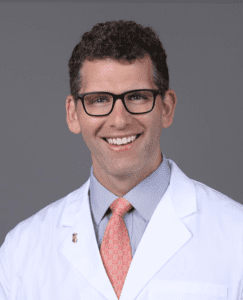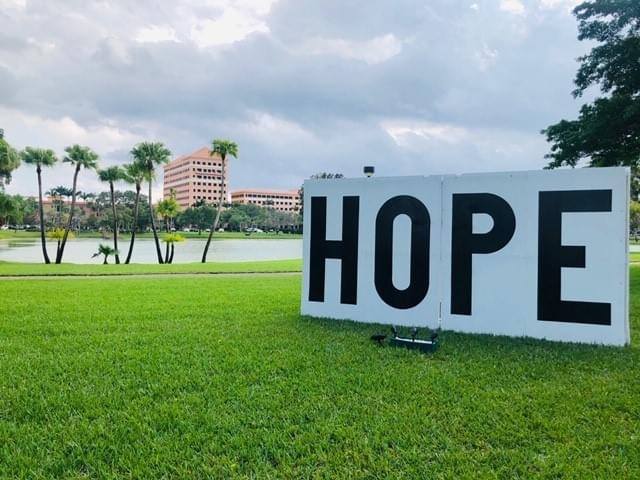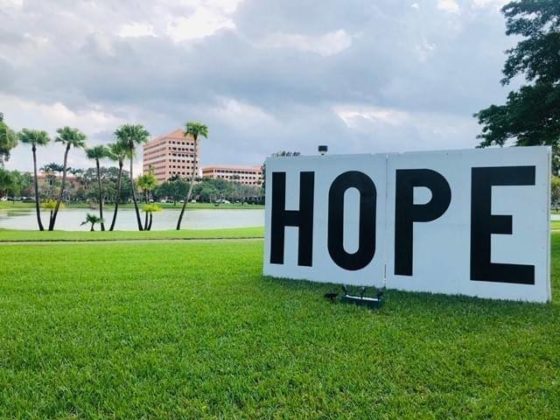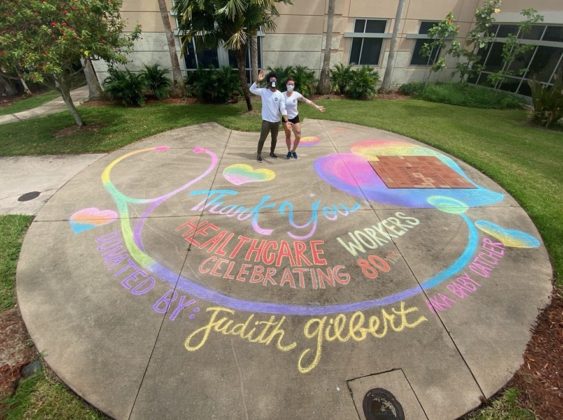|
Getting your Trinity Audio player ready...
|

As an athlete and cardiologist who treats athletes, I crave routines. Whether it’s setting up my weekly training schedule or arranging my hospital and clinic duties, my approach to each day echoes the words of the great UCLA basketball coach John Wooden; “Failure to prepare is preparing to fail.”
Lately, my office schedule has become eerily similar. Consider the patients I had scheduled to meet one recent workday:
· 19-year-old female college soccer player post-COVID
· 16-year-old male football player post-COVID
· 33-year-old male athletic trainer post-COVID with ongoing fatigue
· 67-year-old male cyclist post-COVID
· 34-year-old female police officer post-COVID.
This was then followed by a county public high school meeting to discuss policies allowing our high school athletes to resume sports safely.
Like many physicians, my days have been all COVID all the time. When we first heard of the pandemic in late February, cardiologists across the country reviewed emergency and critical care texts to understand how to treat this extremely contagious and serious virus. We quickly learned that the cardiovascular system in hospitalized patients was vulnerable to SARS-CoV-2 in ways it was not to other viruses.
We saw heart attacks, dangerous heart rhythms, blood clots and myocarditis (inflammation of the heart muscle from infection) in our patients that significantly worsened the prognosis of anyone who suffered from COVID. Data emerged from cardiac MRI studies in the United States and around the world showing findings consistent with myocarditis in athletes and nonathletes alike after infection. Some did not even have symptoms. While these were not the medical gold standard of randomized controlled studies, they did provide more fodder to considering postponing large-scale sports programs in the collegiate realm.
This concerned sports cardiologists everywhere. Could the novel coronavirus be causing all these issues in minimally or asymptomatic athletes, too? If so, this had the potential to be an unmitigated disaster. We have known for some time that myocarditis often causes sudden death of athletes and military personnel. Thus, protocols and algorithms were published to serve as recommendations to help identify athletes who might have myocarditis lurking before they returned to play. Many of these recommendations included a standard electrocardiogram, high sensitivity troponin (a marker of heart muscle injury) and an echocardiogram.
As our offices and clinics have opened up after the first and second waves and our policies toward return-to-play were implemented, we found ourselves facing a new challenge. We have seen countless amateur and professional athletes convalescing from COVID, who wanted and needed to get back to athletics as quickly as possible.
For professional athletes, that return has been relatively easy. The protocols after COVID infection are mandated and every athlete has healthcare costs covered under their team’s insurance policy. Getting an appointment and the requisite testing is a breeze. Access to first-rate care and cardiologists familiar with the nuance of care of elite athletes is not a problem.
For the vast majority of athletes – whether at the college, high-school or recreational level – quality treatment has not been as available. COVID has brought to the forefront the racial and socioeconomic disparities that exist in our medical system. We have seen these with our student athletes, too. There have been college athletes who could not access or afford the appointments or testing required by their athletic conference in order to return to play, effectively putting them on the bench until something could be worked out.
Testing is another challenge. We know that prolonged periods of high-intensity exercise can cause changes to the physical structure of the heart that can sometimes make it challenging to differentiate pathologic conditions from adaptation.
This phenomenon, known as exercise-induced cardiac remodeling, has historically caused student athletes to be disqualified from sports participation despite these changes being completely normal for their bodies. Sports cardiologists are trained to distinguish between adaptation from pathology and obtain appropriate downstream testing when it is challenging to tell the difference. During COVID, we have seen many athletes held out of their sport due to test findings that would never have been done had it not been for the virus. This issue is often cited as a reason not to pursue mandated ECG screening for student athletes prior to competitive sport participation.
As we enter a new wave of infection spike across the country, with many athletes likely to test positive once again, sports cardiologists feel much more comfortable evaluating athletes post-COVID. Appropriately, the recommendations have been adjusted to no longer advise routine cardiac testing in those with mild or no symptoms. Registries have been created to better understand how this virus effects athletes. Sports cardiologists are now being asked to help create health policy and actions items to protect the cardiac health of athletes.
All of these steps continue to advance our understanding of this mysterious disease and enable us to better care for our patients. However, as Coach Wooden also famously said, “It’s what you learn after you know it all that counts.” How we apply what we’ve learned now in the acute phase of this pandemic will be the true test of our ability to be ready for the next challenge.










